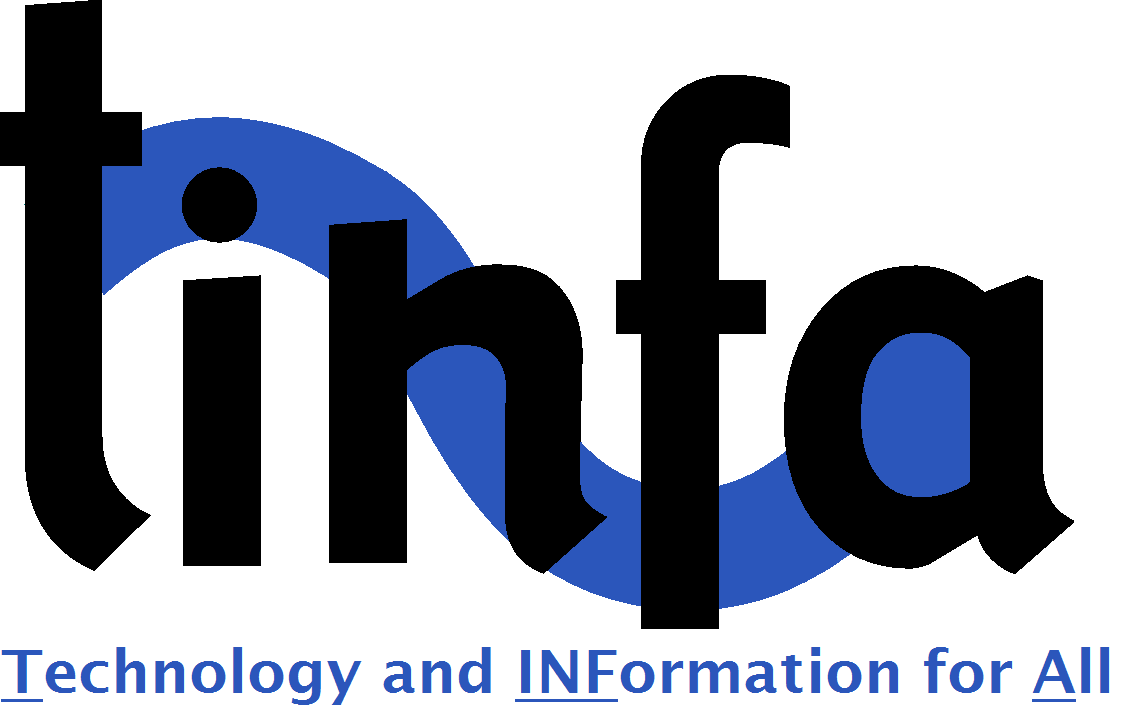Five years ago, in 2011, the UN passed a resolution reaffirming the need for education and training on human rights, and declared internet access a human right. Sixteen years ago, at the turn of the century, the world’s government passed its Education for All goals. These two adoptions are two among many others that follow the 1948 Universal Declaration of Human Rights, which states that “everyone has the right to education.”
The right to education is easy enough to ascribe, and perhaps easier to find people to agree with it. However, it has in fact proven very hard to decide how universal education should be achieved, what it should teach, and moreover what tools it should use. Both the resolution and EFA goals were in part attempts to clarify such tough questions.
And what happened to ‘big data’? Wasn’t this supposed to be the answer to all of these tough questions? Sixteen years ago, we thought it would be the future in helping policy-makers improve the system and fix education, but as it turns out it can only get us so far.
Why? Because, while big data is crucial to looking at the macro level and without it we’d be in a much sorrier place, it doesn’t spark much insight about teaching and learning in the classrooms and with the students; it is based on analytics and statistics, not on emotions and relationships, which drive a good portion of the learning in schools.
Around the time this was realized, interactive learning, the use of supplementary technology to explore and create, took off. It sought to take the emotions and relationships between students and teachers and pair them with technology, and find a blend to maximize the quality of education. As a supplement to instruction, it helps explain concepts, coordinate student discussion, and stimulate high-level thinking. Video usage’s prevalence in schools, for example, has been on the rise in recent years. It is one thing to point to a colored diagram of our digestive system and trace the process with your finger, but it's a whole different level when you can show an animated video taking you through it.
So we are left with these two currents: the right to education as stated in 1948, and the proven success and—dare it be called—the necessity of technology and internet in achieving it. Human necessities should be considered human rights, so should internet access thus be considered a human right? This remains unclear.
If it was, what is the government’s role in providing this right? Are they only required to ensure access, or must they also provide the ability to use it (i.e. technology)? Good arguments can be made on both sides. TINFA doesn’t need to take one those two sides because it instead takes the side that believes technology is imperative in education, regardless of whether it’s a right or not. As it turns out, Guatemalan schools think the same way, which might be why TINFA has found so much success and mutual benefit in developing partnerships with them.
While TINFA is just one small organization that only serves nine schools, it’s important to see the leaps and bounds it can make, including the tenth school we just added into our program thanks to our generous GiveBig donors. Communities that already have empowered themselves to provide technology in education will be the first communities looked to should governments recognize access to technology and internet as rights. If that doesn’t happen, so it goes, but at least the communities that work with TINFA will have already established a sustainable technology in education program, and can serve as a model for other communities wishing to do the same.
Henry Milander





